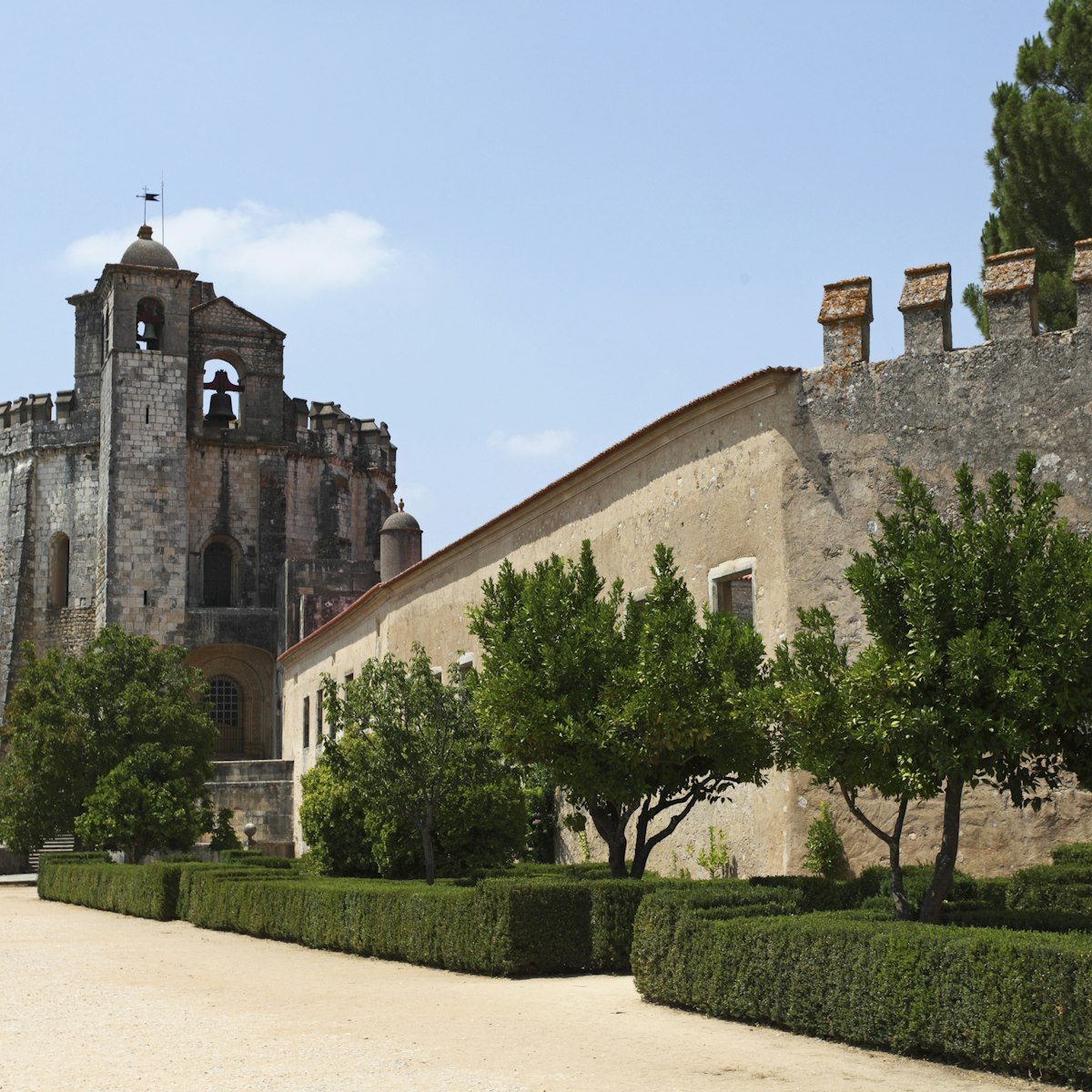It's difficult to believe that a century ago, this was rocky pastureland outside an insignificant village. This vast complex is now one of Catholicism's major shrines; the focus of enormous devotion and pilgrimage. At the eastern end is the 1953 Basílica de Nossa Senhora do Rosário de Fátima, a triumphantly sheer-white building with colonnade reminiscent of St Peter’s. Nearby, the Capela das Aparições (Chapel of the Apparitions) marks the site where the Virgin appeared five times in 1917.
At the precinct's western end is the Basílica da Santíssima Trindade. In between is a massive space where the crowds gather.
The Capela das Aparições is the focus of the most intense devotion. Supplicants who have promised penance (for example, in return for helping a loved one who is sick, or to signify a particularly deep conversion) shuffle on their knees across the vast esplanade, following a long marble runway polished smooth by previous penitents. Near the chapel is a blazing pyre where people light candles in prayer (most just toss them in the fire due to heat and space concerns). The candles themselves range in price from €0.50 to €2.70, sold on the honour system, and candle lighting queue wait times can top half a day on the holiest of days. The sound of hundreds of candles is like a rushing waterfall.
Inside the older church, the Basílica de Nossa Senhora do Rosário de Fátima, attention is focused on the tombs of the three children, Os Três Pastorinhos (the three little shepherds): Francisco (died 1919, aged 11) and Jacinta (died 1920, aged 10), both victims of the flu epidemic, were beatified in 2000 and canonised in 2017. Lúcia, the third witness of the apparition, entered a convent in Coimbra in 1928, where she died in 2005. Her beatification is underway.
The new basilica, Basílica da Santíssima Trindade, was inaugurated in 2007, and, while impressive, has something of a conference-centre feel. A central passageway hung with golden angels leads to a long etched-glass window spelling out scriptural verses in dozens of languages. Running around the edges of the monumental, round marble structure are 12 9m bronze doors, each with a biblical quote dedicated to one of Jesus’ disciples. Inside, the impersonal feel is redeemed by Irish artist Catherine Green’s striking altarpiece depicting a wild-haired and gaunt Crucifixion, backed by Slovenian artist Marko Ivan Rupnik's beautiful mosaic work.
At the sanctuary entrance is a segment of the Berlin Wall, a tribute to 'God’s part in the fall of communism'.
Masses are held (in Portuguese) regularly, often in the Capelinha das Aparições; and there is a beautiful nightly candlelight procession at 10pm from April to October – check at the information booth near the chapel.



